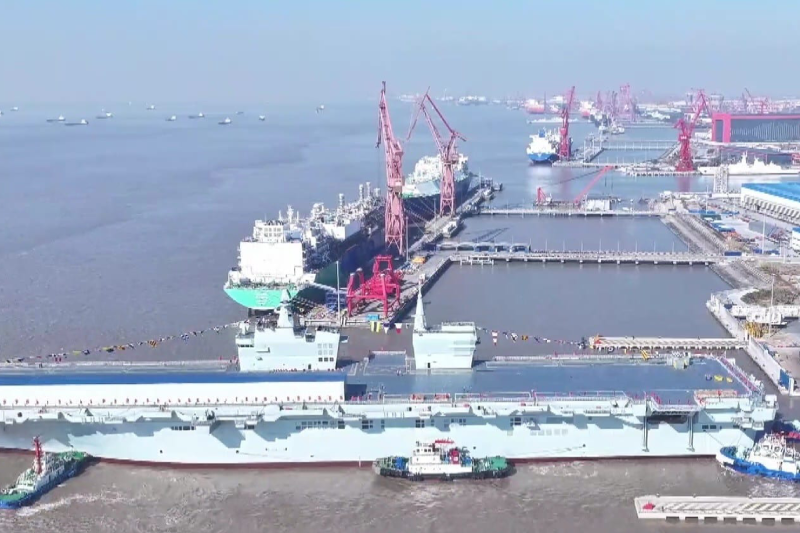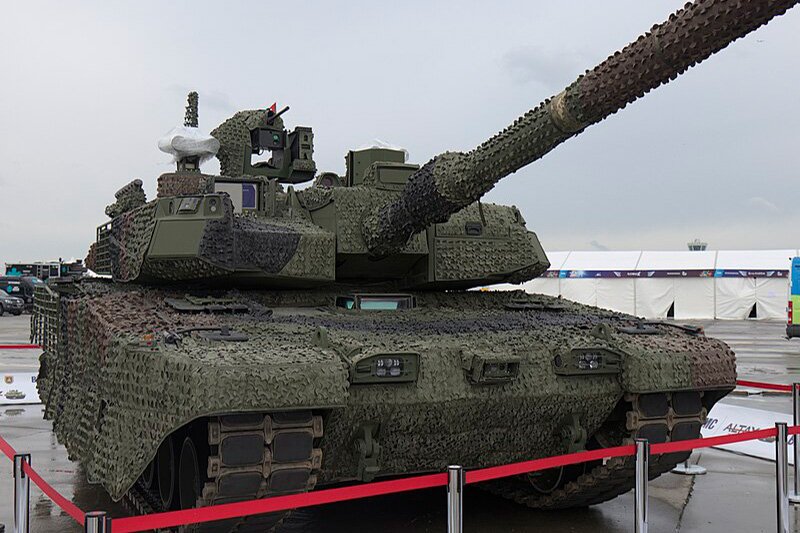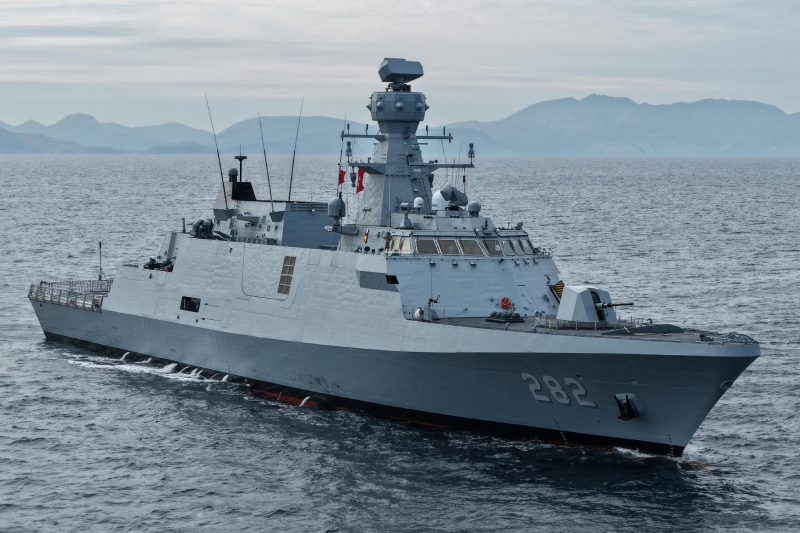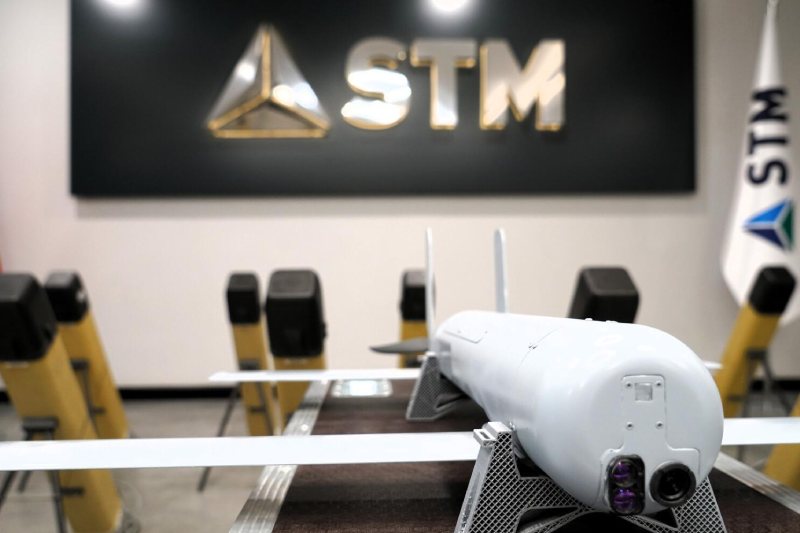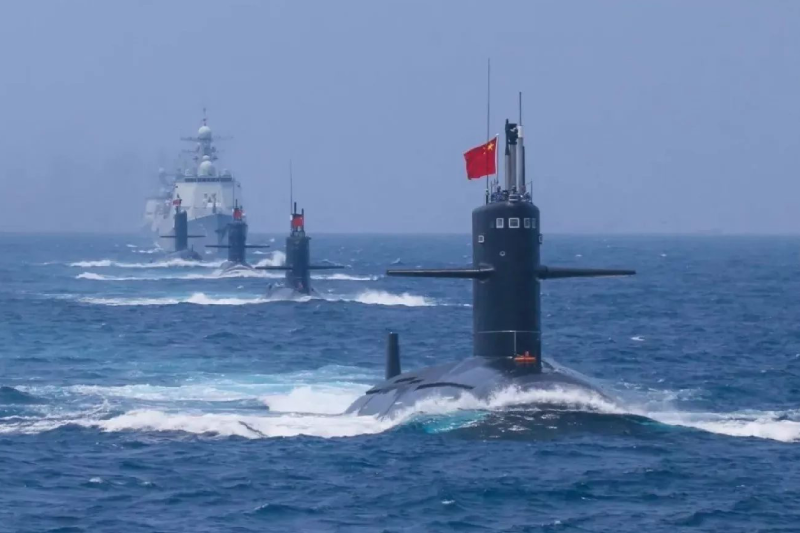China’s Breakthrough In Magnetohydrodynamic Submarine Technology
China’s magnetohydrodynamic submarine technology has emerged as a groundbreaking development in modern naval warfare, marking a significant leap forward in underwater propulsion systems. Recent advancements in China’s magnetohydrodynamic submarine technology have sparked intense international discussions about the potential deployment of fourth-generation nuclear submarines, positioning China at the forefront of naval innovation.
Revolutionary Electromagnetic Propulsion System
The cornerstone of magnetohydrodynamic submarines lies in their electromagnetic propulsion technology, which represents a paradigm shift from conventional submarine design. Unlike traditional propeller-driven vessels that create significant underwater noise through mechanical rotation, electromagnetic propulsion generates thrust by utilizing electromagnetic forces directly in seawater. This innovative approach eliminates the need for propeller blades, gear transmission systems, and rotating shafts, creating a completely silent propulsion mechanism.
Superior Stealth and Speed Capabilities
Traditional submarine propellers generate considerable friction against seawater, producing detectable acoustic signatures that enemy sonar systems can easily track. Electromagnetic propulsion technology fundamentally solves this vulnerability by operating without mechanical rotation, virtually eliminating vibration and noise generation. This breakthrough delivers unprecedented stealth capabilities while simultaneously achieving higher operational speeds than conventional propulsion methods.
The dual advantage of enhanced stealth and superior speed provides submarines with exceptional tactical flexibility. Vessels can maintain near-silent operation during covert missions while possessing the capability to rapidly accelerate when situations demand quick maneuvering or threat evasion.
Advanced Titanium Alloy Construction
Modern magnetohydrodynamic submarines incorporate advanced titanium alloy materials in their hull construction, offering superior performance characteristics compared to traditional steel hulls. These high-strength, corrosion-resistant materials with low density properties enable submarines to withstand extreme deep-sea water pressure while maintaining structural integrity at unprecedented diving depths.
The enhanced diving capabilities provide submarines with significant tactical advantages, allowing operations in deeper ocean zones that offer superior concealment from surface detection systems. This depth advantage enables surprise attack capabilities and enhanced survivability against enemy anti-submarine warfare operations.
Type 098 Nuclear Submarine Specifications
China’s anticipated Type 098 nuclear submarine represents the culmination of magnetohydrodynamic technology integration with advanced nuclear propulsion systems. The vessel features a state-of-the-art modular nuclear reactor design that significantly increases cruising speeds and operational endurance compared to conventional nuclear submarines.
This advanced reactor system maintains exceptional safety and stability standards, ensuring consistent power output during extended high-intensity operations. The reliable power generation capability enables sustained combat missions without performance degradation due to propulsion system limitations.
Sophisticated Detection and Weapons Systems
The Type 098 incorporates cutting-edge detection systems capable of real-time maritime surveillance, providing comprehensive situational awareness of surrounding naval activities. These advanced sensors can accurately track enemy vessel positions and movements, delivering critical intelligence for navigation and combat operations.
Armament systems include precision torpedoes and various weapons platforms characterized by exceptional accuracy and destructive capability. These weapons systems can effectively engage enemy surface vessels and submarines, providing formidable deterrent capabilities in naval confrontations.
The United States pioneered magnetohydrodynamic research in the 1980s with the Ghost test vessel project, achieving impressive speeds of 45 knots using superconducting magnets and Lorentz force propulsion. However, the complex cryogenic cooling requirements and electrode corrosion issues prevented successful submarine integration, limiting applications to auxiliary propulsion for surface vessels.
Japan has focused on developing smaller magnetohydrodynamic systems using room-temperature magnets, avoiding superconducting cooling challenges but achieving limited thrust output with maximum speeds around 20 knots. Japanese technology primarily targets civilian vessel applications rather than military submarine deployment.
China’s Strategic Naval Development
China’s magnetohydrodynamic submarine program has evolved from technology adaptation to independent innovation, achieving breakthrough developments in electromagnetic propulsion and deep-sea materials engineering. Chinese naval researchers have successfully addressed technical challenges that limited other nations’ programs, positioning China as a leader in next-generation submarine technology.
Plans for multiple Type 098 deployments indicate China’s commitment to establishing a formidable nuclear submarine fleet as the cornerstone of maritime defense capabilities. These submarines will serve as primary deterrent forces while maintaining national maritime security interests.
Comprehensive Naval Fleet Modernization
China’s naval expansion extends beyond submarine development to include aircraft carrier and destroyer construction programs. Modern aircraft carriers provide mobile combat platforms capable of projecting naval aviation power across extended operational ranges, while advanced destroyers offer multi-role capabilities including air defense, anti-submarine warfare, and surface combat operations.
The integrated approach to naval modernization creates powerful maritime combat formations combining submarine stealth capabilities with surface vessel firepower and aviation support. This comprehensive naval strategy significantly enhances China’s ability to protect maritime interests and project power in international waters.
Also read this: China Unveils New Tank For Drone-Era Warfare And Landings
Future Implications and Global Impact
China’s achievements in naval technology development have substantially reduced capability gaps with established maritime powers, even achieving superiority in specific technological areas. The continuous improvement in vessel quantity and quality has established China’s navy among the world’s most formidable maritime forces.
The success of China’s magnetohydrodynamic submarine program demonstrates the nation’s commitment to technological innovation and military modernization, inspiring continued advancement in naval engineering and defense capabilities.
Keep connected with us at Facebook, Twitter, YouTube, Instagram & TikTok for latest defense happening around the globe.
Discover more from International Defence Analysis
Subscribe to get the latest posts sent to your email.






